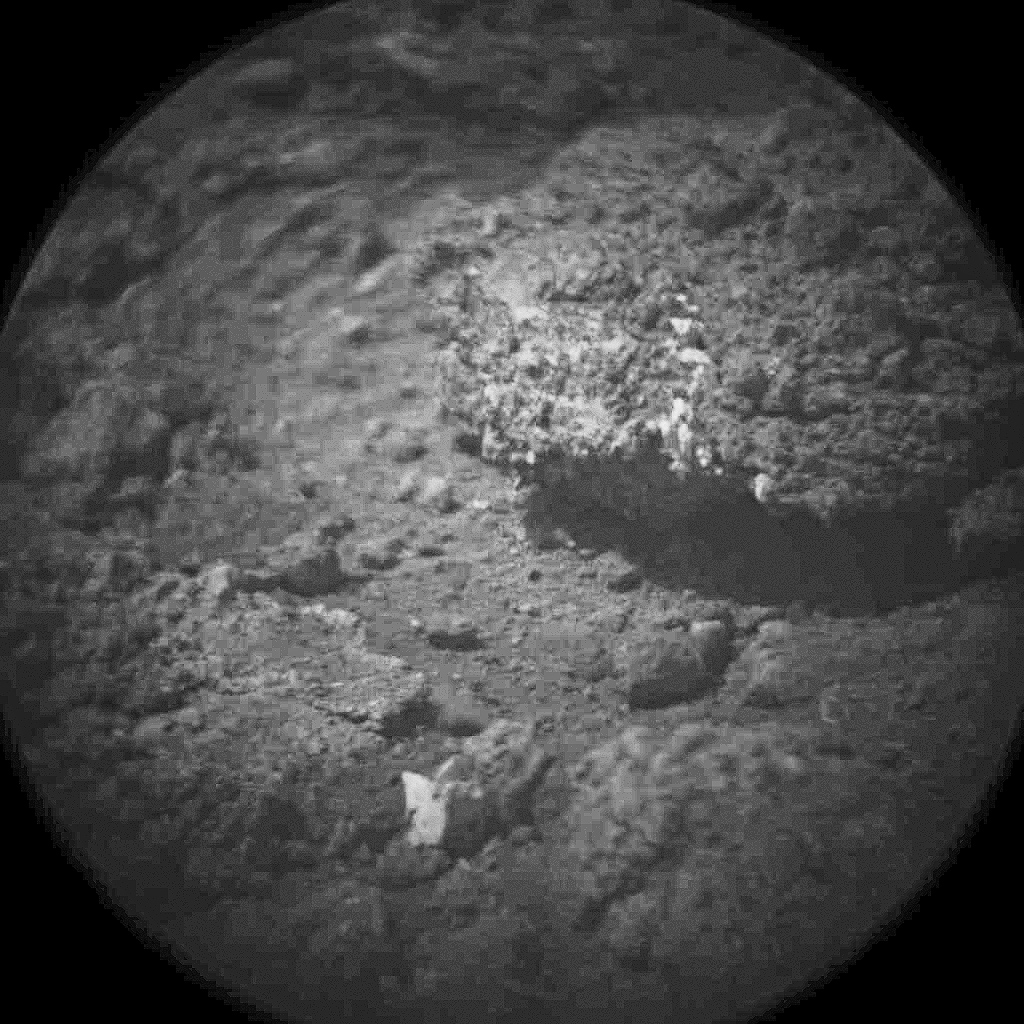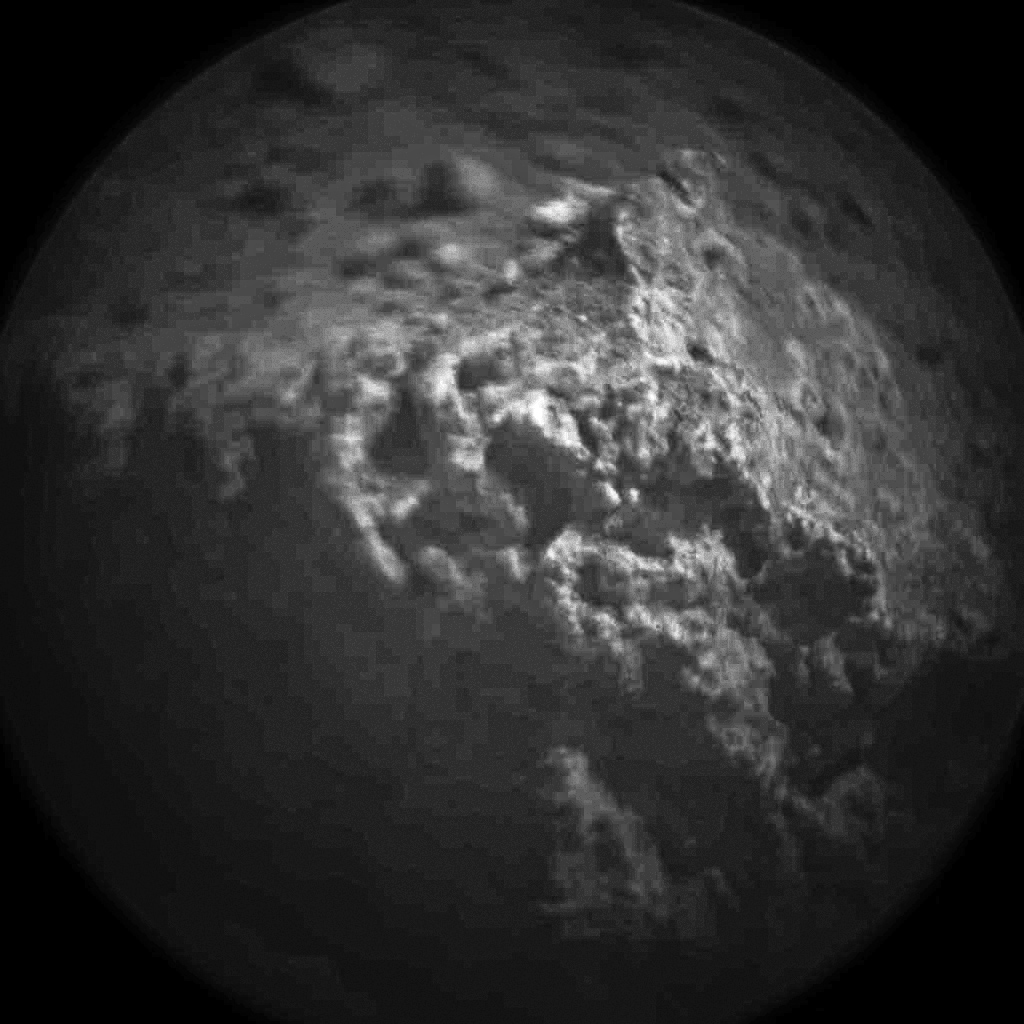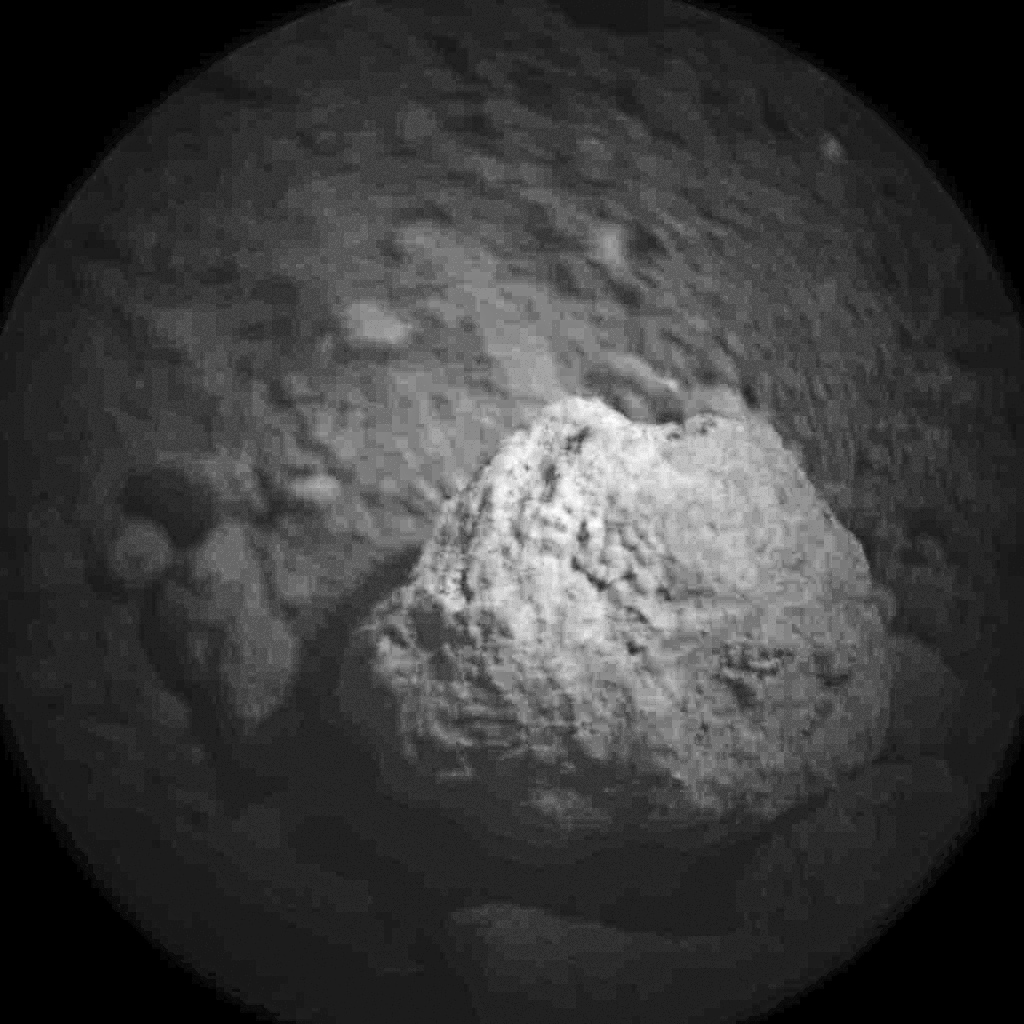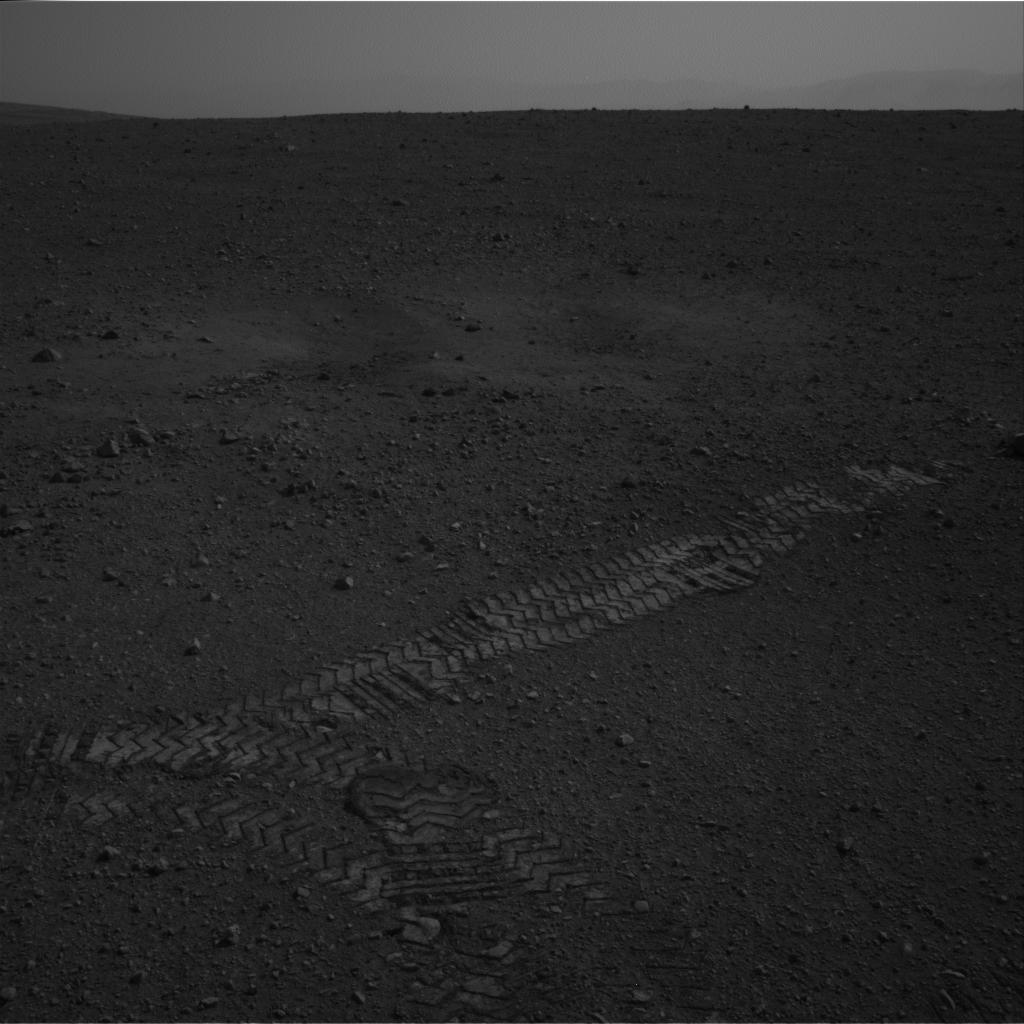@Keatah : build a Mars lander/rover yourself if you think it's easy. Really, some comments are disheartening.

Be sure that if some parts were unprotected, there was a good reason, instead thinking you're all-knowing on that matter. How arrogant.
About the 140kg propellant : ever heard about safety margin ? What if there was a boulder right on the landing spot and an additionnal avoidement manoeuver was required ? Think people, think. :dry:
I'm almost certain I would not be able to build mars rover myself. Typically this is a team effort.
Sure, wind-speed sensors that rely on the wind to cool them down need to be exposed to the air. X amount of power is expended to keep a portion of the sensor chip at 100C. And as the speed of the wind varies, more or less current may be needed to keep it at 100C. And from there you compute the windspeed.
A bare ASIC exposed to the landing conditions at touchdown time is simply asking for trouble. The team took good measure to cover up the cameras with flip down protectors, or nestled the camera (mastcam) inside a protective cover/shield on the rover body. They were obviously aware of some debris. But, yet, they didn't shield the ASIC one iota.
This exposed ASIC is like lifting the heatspreader off your 70C CPU and exposing the die to ambient conditions. Now drop some pebbles on it and see if you don't crack it.
It would have been easy enough to put on a sliding shield or bolt a thin plate of metal to the rover body behind which the sensor could "hide" during descent ops.
Regarding the skycrane flight time. Sure, perhaps it might have needed extra gas to fight a crosswind, so I can see the point of the reserve there.
It should also be made known that the skycrane would not have "seen" a boulder and repositioned itself. The skycrane had no obstacle avoidance. It would have been entirely possible the rover could have tipped over on a 4 meter rock and the skycrane would be blissfully ignorant. The processing on MARDI imagery during the final phase was done to zero out lateral and vertical movement, not look for hazards.





